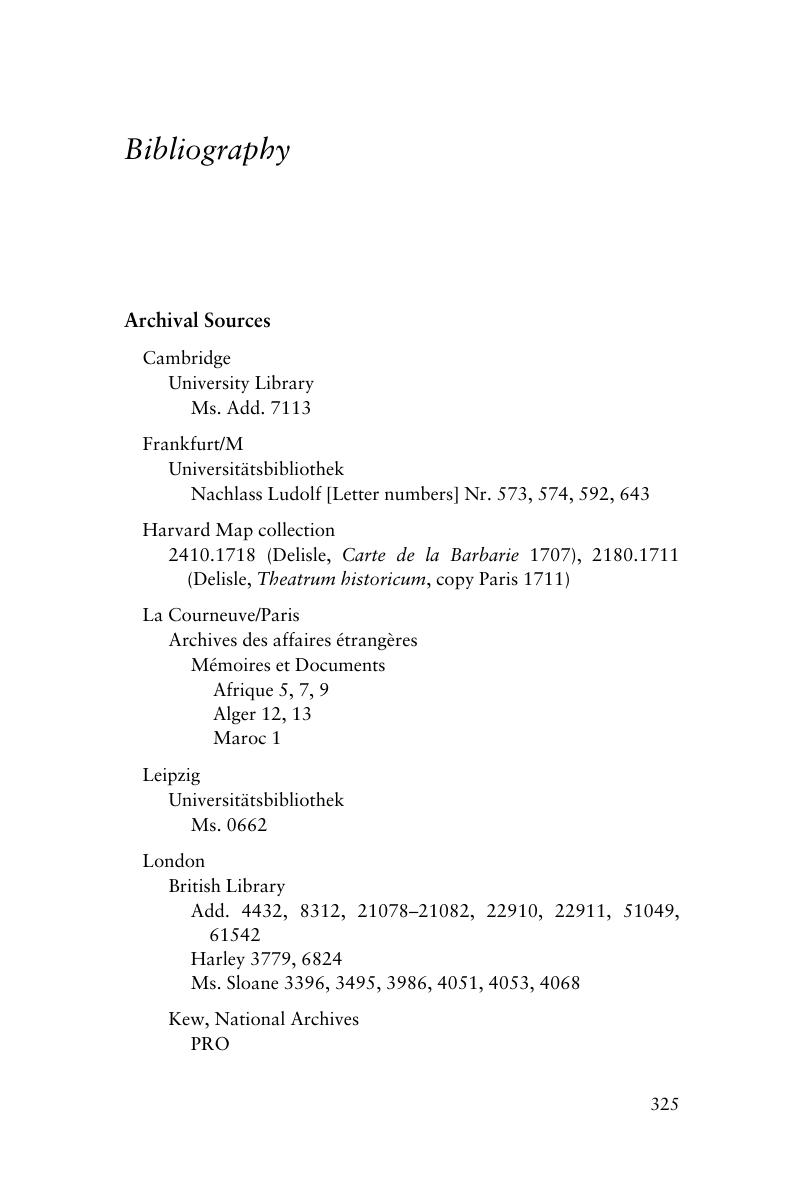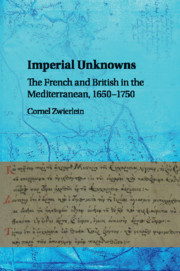Book contents
- Imperial Unknowns
- Imperial Unknowns
- Copyright page
- Contents
- Figures
- Book part
- Note on Conventions
- Glossary
- Introduction
- 1 Politics and Economy: Nationalizing Economics
- 2 Religion: Empires Ignoring, Learning, Forgetting Religions
- 3 History: How to Cope with Unconscious Ignorance
- 4 Science: Mediterranean Empires and Scientific Unknowns
- Conclusion
- Bibliography
- Index
- References
Bibliography
Published online by Cambridge University Press: 20 October 2016
- Imperial Unknowns
- Imperial Unknowns
- Copyright page
- Contents
- Figures
- Book part
- Note on Conventions
- Glossary
- Introduction
- 1 Politics and Economy: Nationalizing Economics
- 2 Religion: Empires Ignoring, Learning, Forgetting Religions
- 3 History: How to Cope with Unconscious Ignorance
- 4 Science: Mediterranean Empires and Scientific Unknowns
- Conclusion
- Bibliography
- Index
- References
Summary

- Type
- Chapter
- Information
- Imperial UnknownsThe French and British in the Mediterranean, 1650–1750, pp. 325 - 378Publisher: Cambridge University PressPrint publication year: 2016



